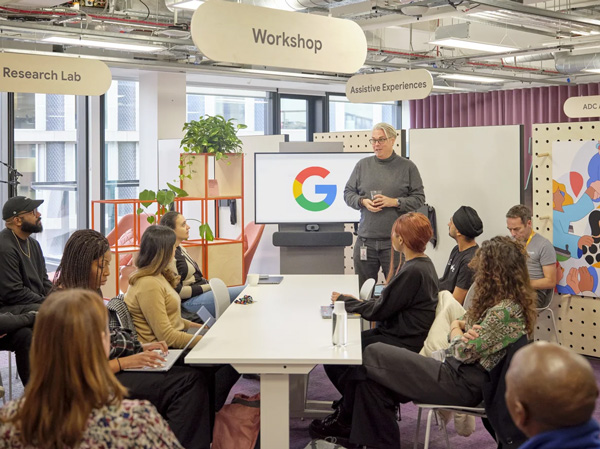Home / News /

Image credit: Google Accessibility
Google Accessibility recently unveiled several advancements to enhance accessibility for individuals with disabilities. A notable addition is the integration of wheelchair-accessible walking routes into Google Maps, enabling users to opt for step-free directions, benefiting wheelchair users and travelers with luggage or strollers. Additionally, the introduction of Lens in Google Maps uses AI and AR, assisting those with visual impairments by providing auditory information about their surroundings via the phone’s camera and screen reader, a feature set to launch on Android devices later this year.

Google Accessibility recently unveiled several advancements to enhance accessibility for individuals with disabilities. A notable addition is the integration of wheelchair-accessible walking routes into Google Maps, enabling users to opt for step-free directions, benefiting wheelchair users and travelers with luggage or strollers. Additionally, the introduction of Lens in Google Maps uses AI and AR, assisting those with visual impairments by providing auditory information about their surroundings via the phone’s camera and screen reader, a feature set to launch on Android devices later this year.
In a bid to foster inclusivity, Google now allows businesses to identify themselves as being owned by a person with a disability in their Google profiles, prominently displayed in search results. Moreover, Google Maps will highlight details about wheelchair-accessible locations in Android Auto and integrated Google vehicles. These advancements, along with other modifications for the Pixel phones and Android devices, aim to create a more user-friendly experience for individuals with disabilities, reaffirming Google’s commitment to co-creating products that serve the diverse needs of all users.
Read more about Google Accessibility and Google’s Accessibility Discovery Centre workshops.


